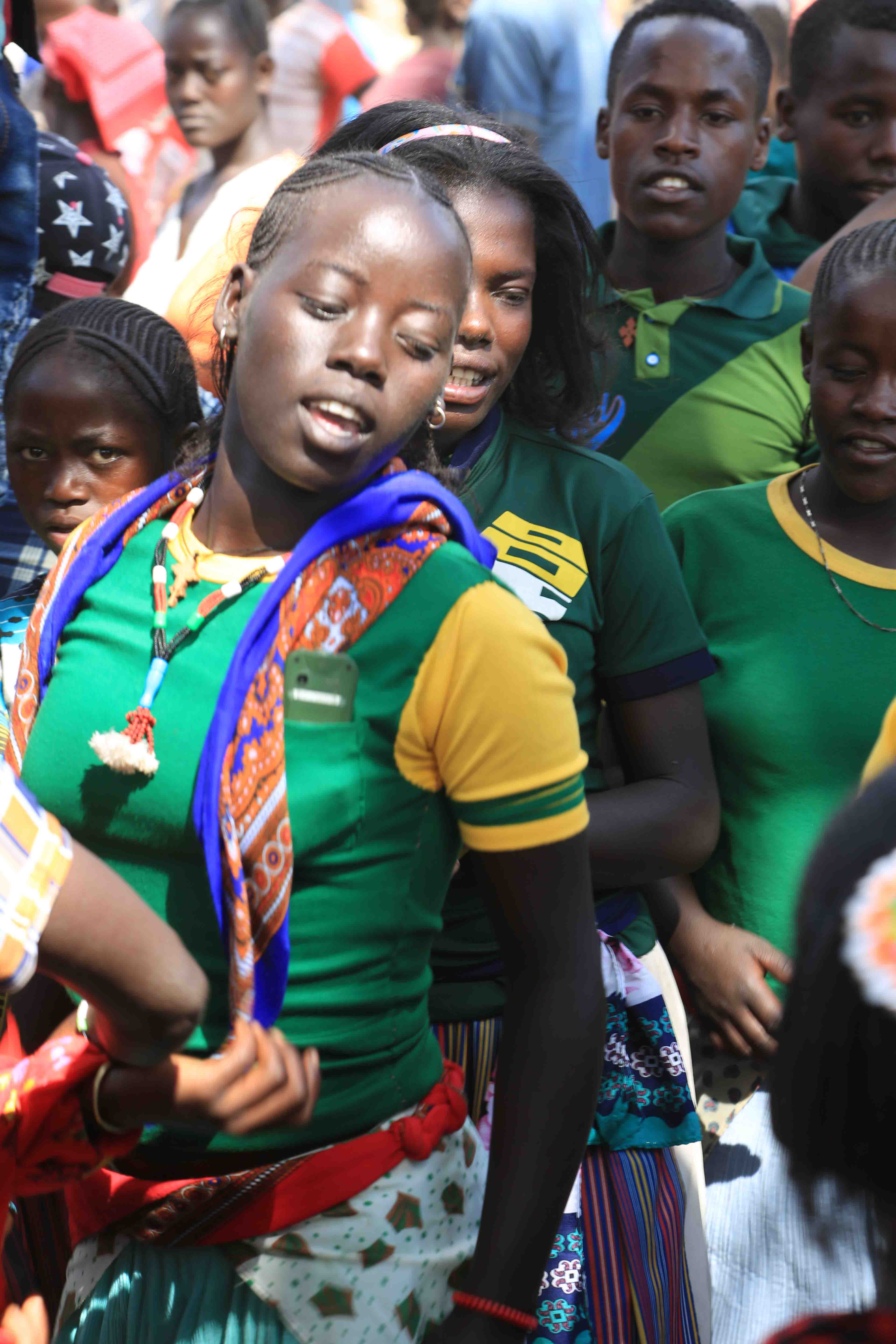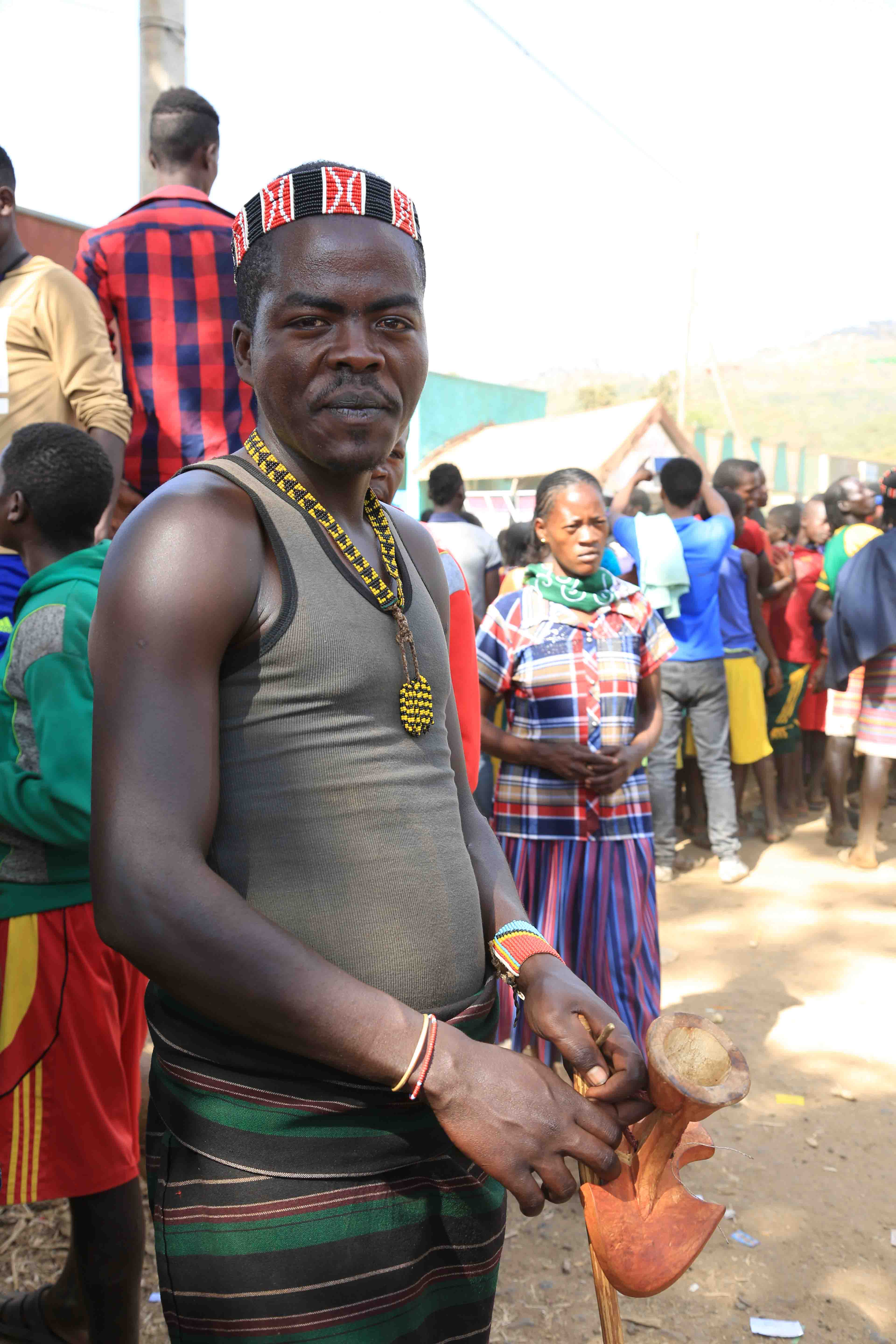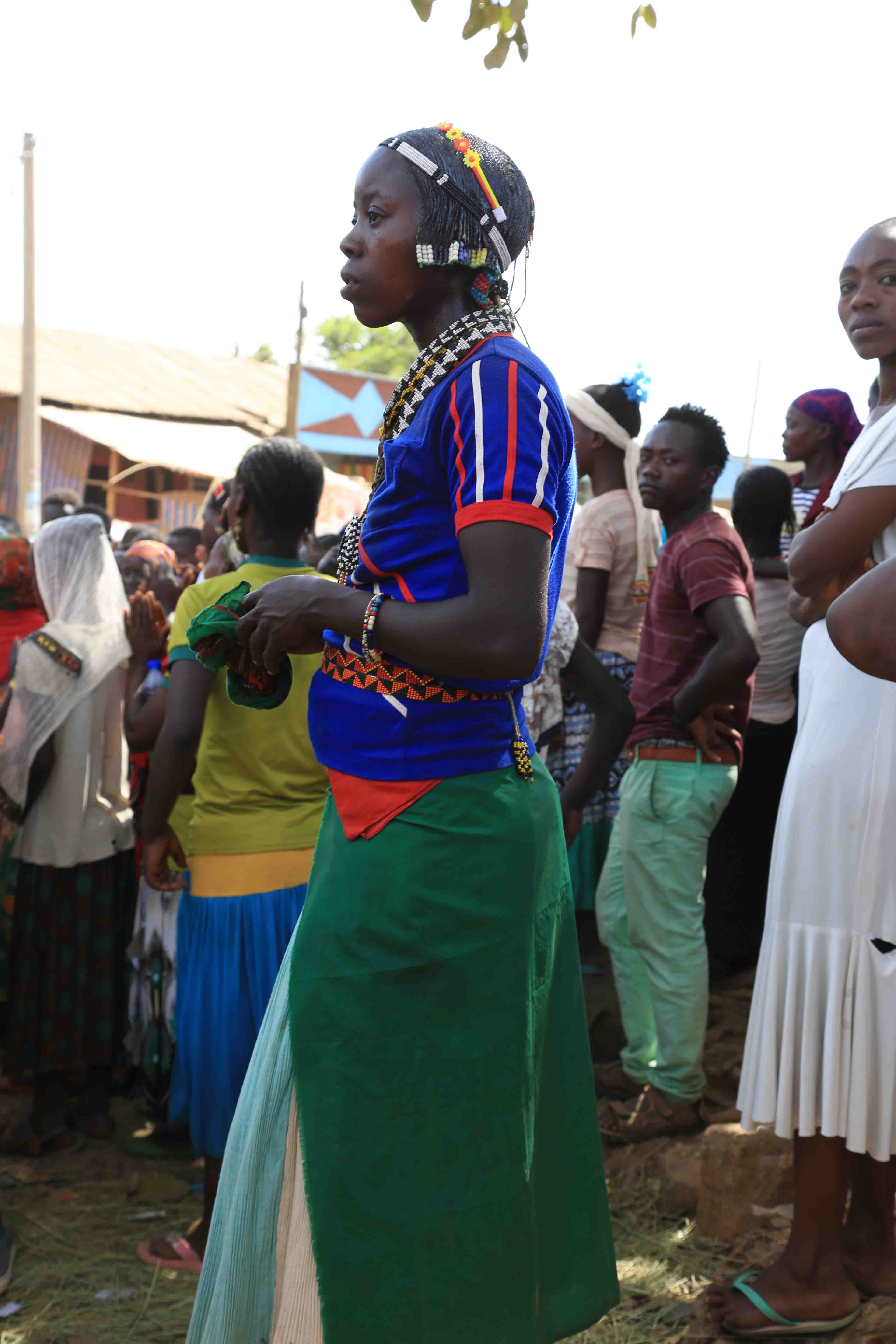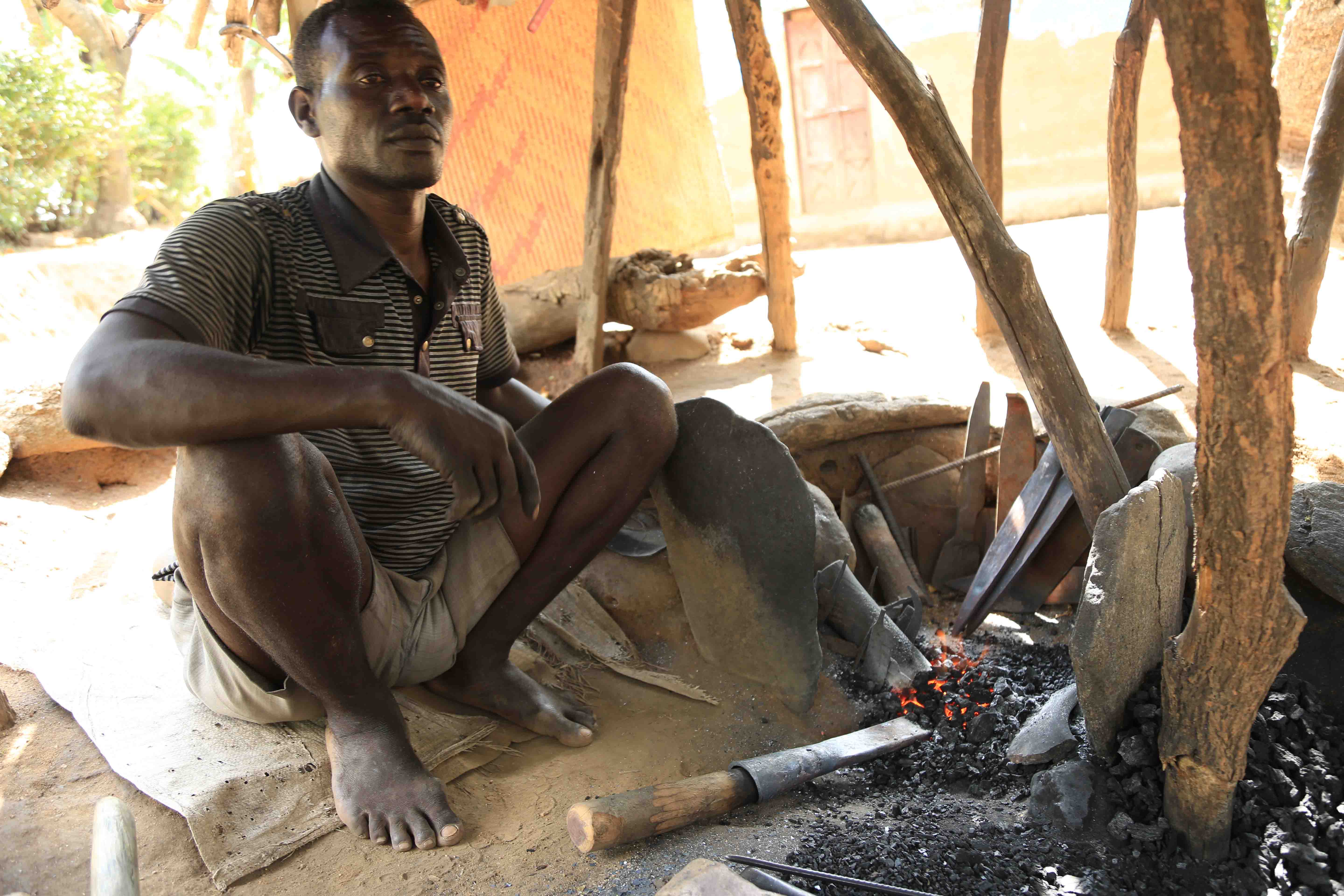Ari




The Ari nationality live in Northern Ari and Southern Ari. However; the rest of them live mixed with Gofa, Oida, Benna and Malea nationalities. In rural and urban localities they live with Basket, Gofa, Welayita, Konso, Amahara, Oromo, Gamo, and Tigrea communities.
As for the topography, the highland in which the nationality lives is surrounded by the mountain chains of Berkan, Tolta, Shangama, Bako and Senegal. Its lowland is plain.
There are different opinions on the origin and settlement of the nationality. The first one says they are indigenous people by providing the name of the nationality itself as evidence. Even though the name “Aieri†changed to Ari in due process, its meaning is “being born or created to say it is created here in the area. On the other hand two tribes Iyikak and Danga came from Karra and Benna to work under two Ari kings, mixed and live with indigenous people according to some evidences. The two tribes who come from Karra and Benna served under the kings to whom they are subjects. As they worked well, they got the kingship with influences of the public. On another development two tribes called Kos and Sozim came from Benna and Gofa and started living.
Generally Community groups in the Ari nationality are the results of indigenous residents and community members from karra, Benna and Gofa according to the elderly and different documents.
The mother tongue of The Ari Nationality Ari is member of the Omotic language family. The language is close to Benna, Hammer, Karra and Dime nationalities languages. Members of the community in addition to their mother tongue speak Amharic, Beni, Hammer, Basketo and Gofan languages.
The main livelihood of The Nationality is agriculture. Hand in hand with this they rear cattle and beasts of burden. They produce maize, sorghum, false banana, boyna and godere.
Kersa and Myina are parts of community of The Ari Nationality. The vast part of the community is Qensa. There are two main tribal bases in Qensa which are bases of other sub tribes. They are called Endi and Ashenda.
Ashenda has 36 tribes in it which do not marry to each other. Endi has 22 sub tribes . Among the sub tribes mentioned above are Ayika, Boka, Danga, Gadet, Gogder, Kawka and Sozim. Among Ashendas the Endis are competent to become king. Gara, Amen and Gayna can marry with any sub tribe found in the main tribe. The sub tribes in Endi and Ashenda do not marry to each other except the three sub tribes mentioned above.
Cultural Administration System
The Ari nationality is led mainly by a king called Babbi. Under him are Zis, Gudmi, and Tsoyki with chain of command. When different problems face the society the people go to the king with presents. The king passes orders to the people solve the problem by going to Gudmis. As Gudmis are considered problem solvers of the society, they do different spiritual works. They work spiritual works in connection with wild animals , battle, rain, bird disease and other affairs. They give decisions in connection with these affairs for resolving the problem. Each Gudmi performs his own cultural order. He doesnt interfere in another Gudmis work.
Zis passes the kings order to the people and reflects the publics feeling to the king. He has also the authority to order Gudmis and army commanders like Domango and Kosamango. When he is ordered by Zis, Tsoyiki plays trumpet to announce the public in time of battle, work or meeting when he is ordered by Tsoyiki.
There are Toydis who give decisions of cultural justice for affairs at family level. As Toydi is charge de affair of family affairs , he gives food for new born after four months, new born girls after three months at a place in which this cultural order is performed. He makes recommendation if there is a problem in the family. He blesses a newly bought cattle by testing the Bole soil so as to mix it with other cattle. When a cow gives birth to a calf, he first tests the accumulated first milk and passes it to the family members. If there is a cattle which is not blessed by Toydi he boycotts the owner to discharge the cattle.